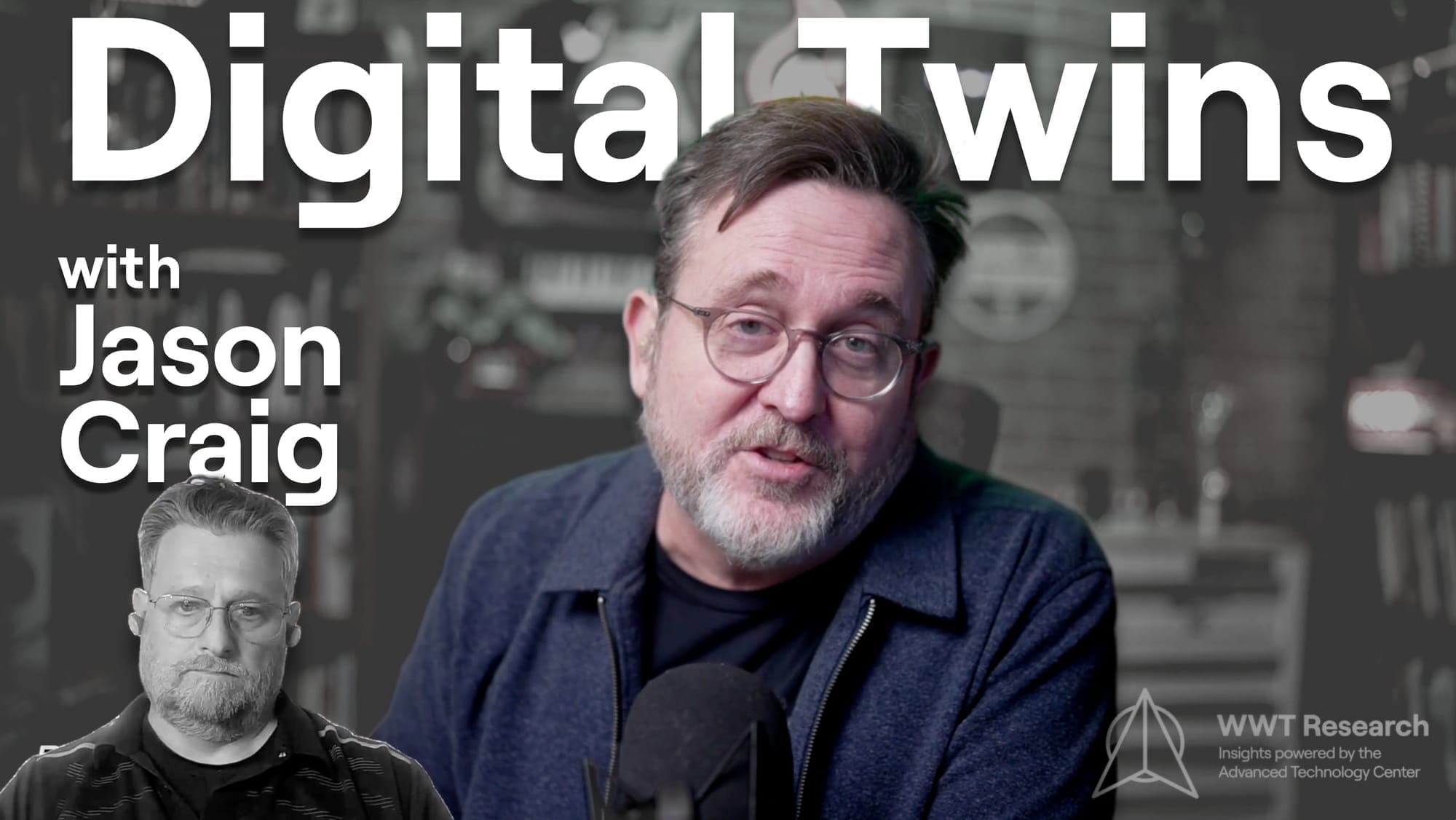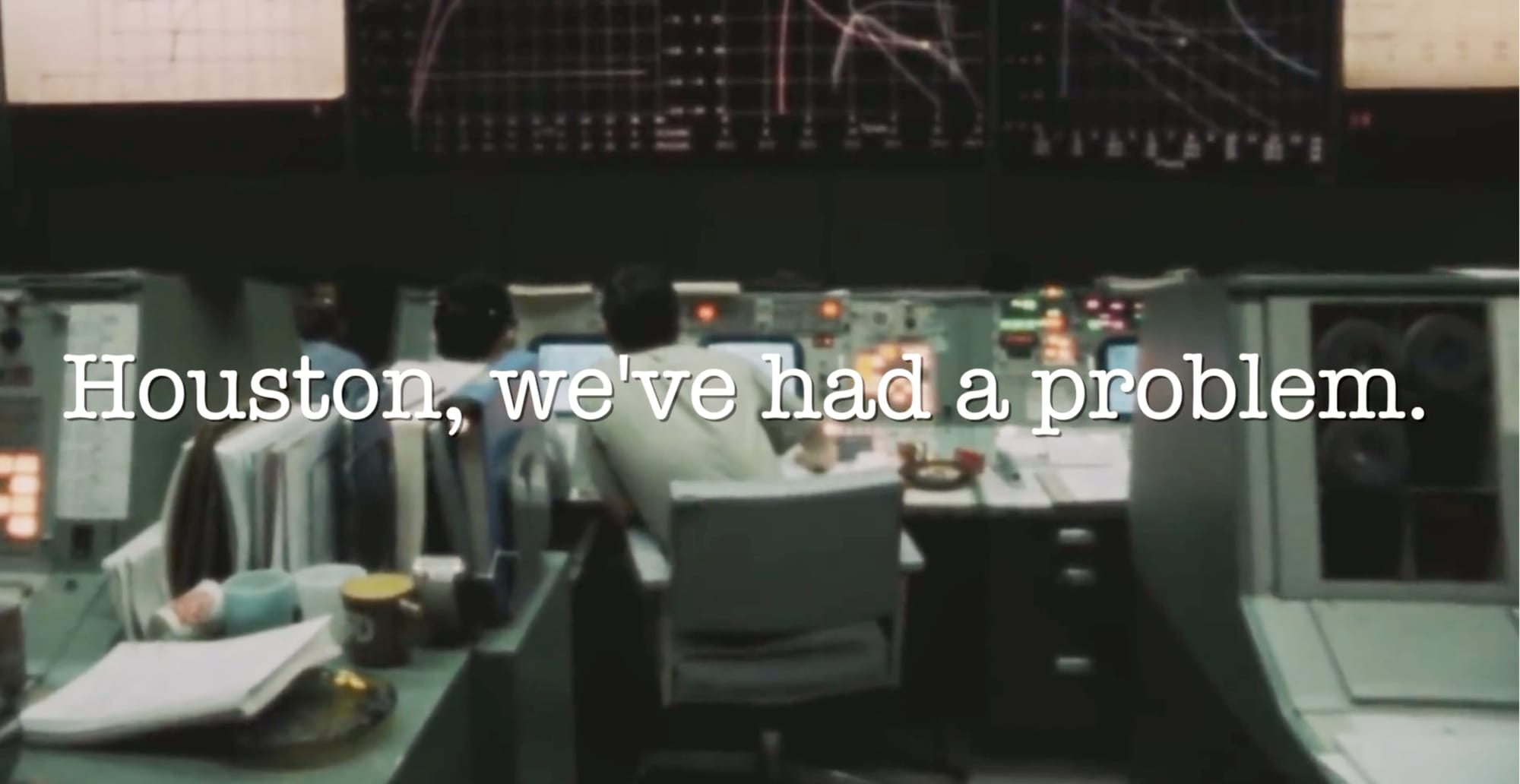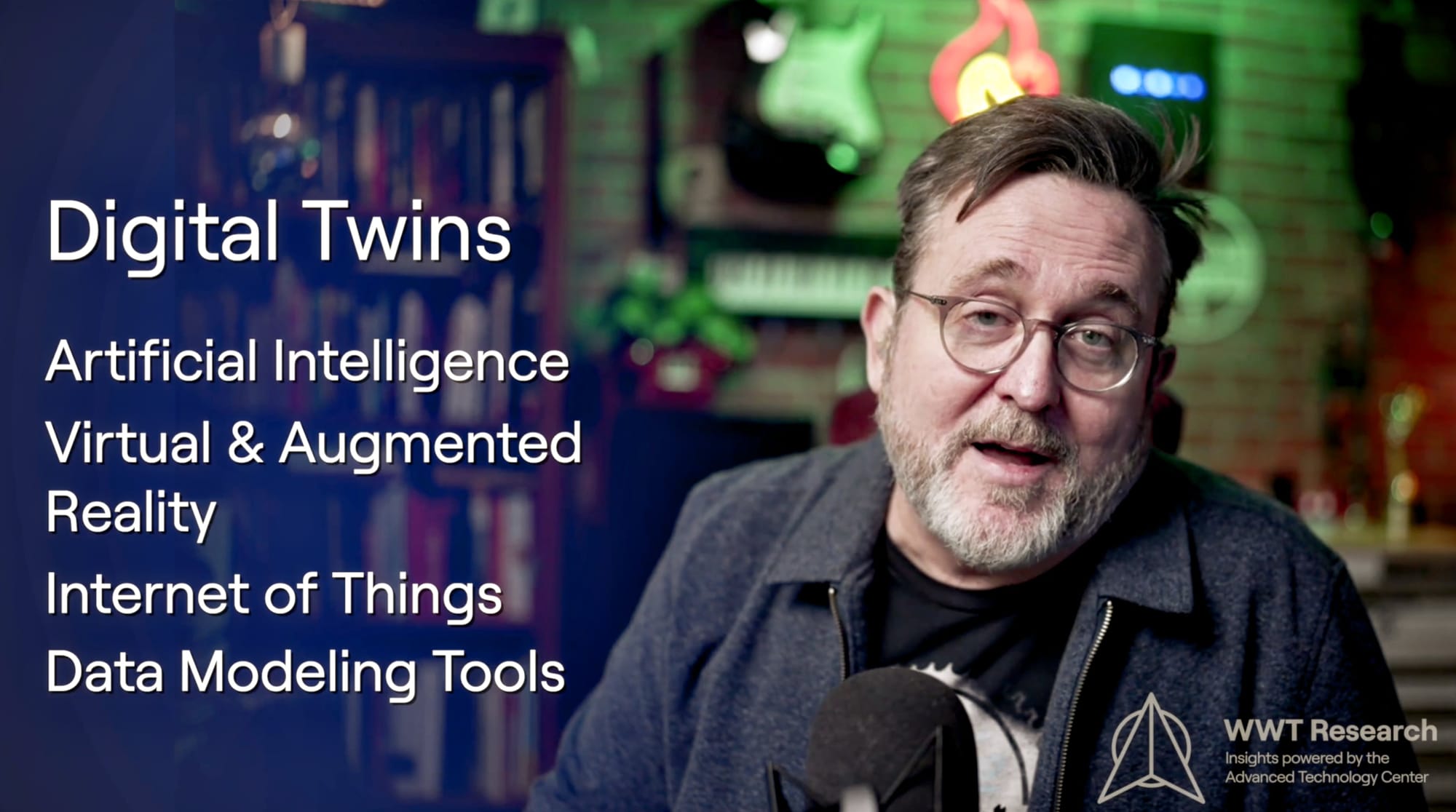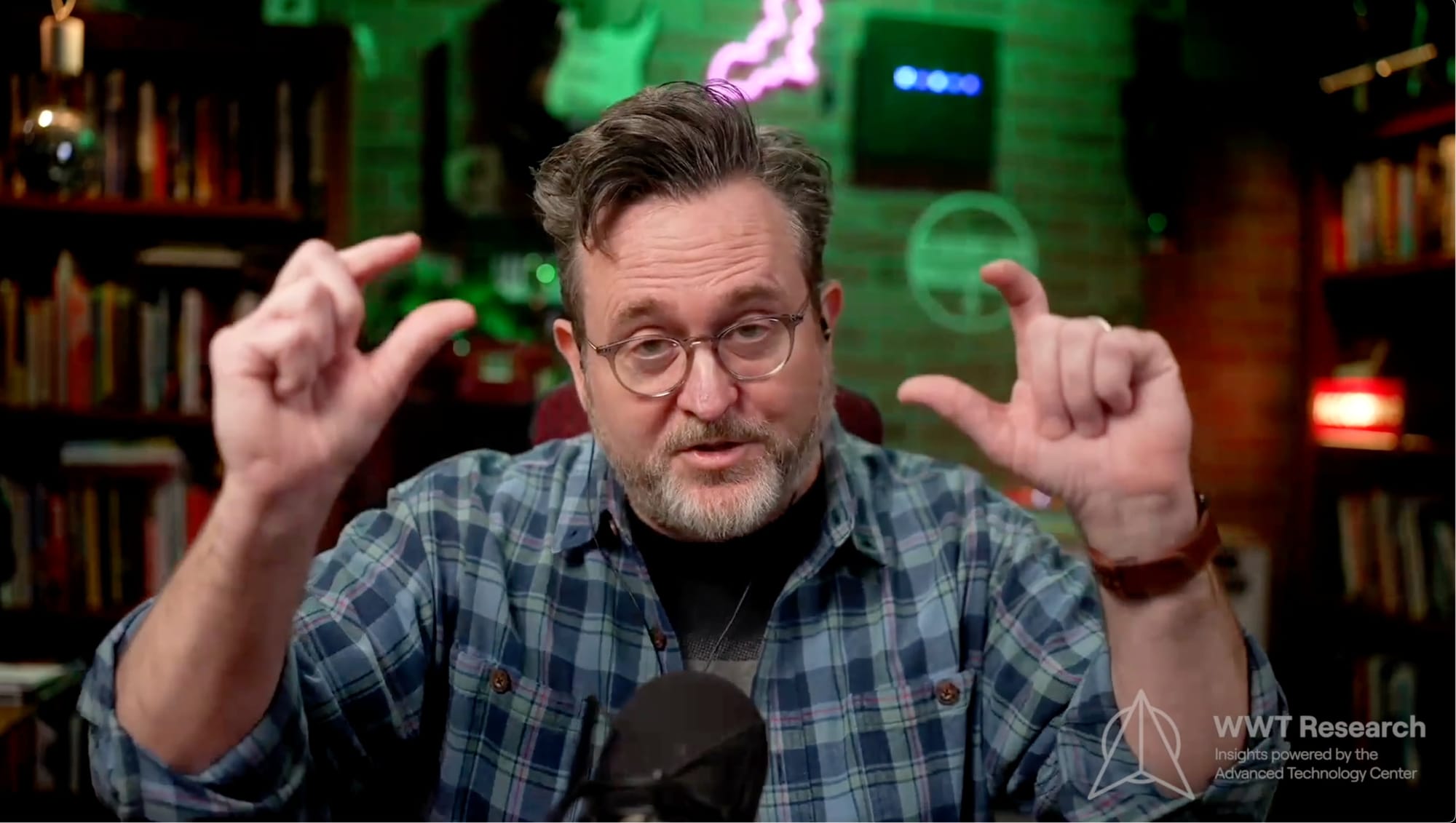Exploring Digital Twins: Key Insights from WWT Research Insights
In the latest episode of Worldwide Technology Research Insights, host Robb Boyd takes us on an enlightening journey into the world of digital twins. Joined by expert Jason Craig, they unravel the complexities and evolving applications of this cutting-edge technology. From their roots in the Apollo

As the host of World Wide Technology Research, I recently had the privilege of delving into the captivating world of digital twins. My conversation with technology expert Jason Craig, known for his patents in autonomous systems and energy control, was an enlightening journey through the complexities and potentials of digital twins.
Today’s show centers on the research paper 'Gemini Mundi: Creating Digital Twins at City Scale.’
Unraveling the Evolution of Digital Twins
In this episode, I explored the concept of digital twins, which goes far beyond being mere digital replicas of physical entities. Tracing their origins to the Apollo 13 mission, where simulators played a crucial role, I discovered how digital twins have transformed into sophisticated systems. Today, they're integrated with artificial intelligence, augmented reality, the Internet of Things, and advanced data modeling, enhancing real-time decision-making processes.

Dispelling Misconceptions
A significant part of my discussion with Craig centered around clearing up common misconceptions about digital twins. We emphasized that these tools are not just about AR and VR or limited to physical entities. This part of our conversation underscored the importance of accurate communication about technological innovations like digital twins, ensuring they're properly understood and valued

Practical Applications in Various Sectors
One of the most insightful segments of the episode centered on applications. In the realm of smart cities, for instance, digital twins can transform how urban data is managed, leading to more efficient city planning and operations. Craig's example of managing jet engines in helicopters highlighted how digital twins streamline complex industrial processes, highlighting issues by going beyond the 2D imagery and charting we are accustomed to.

Bridging the Physical and Digital Worlds
During our conversation, it became clear to me that digital twins serve as a crucial bridge between the physical and digital worlds. This connection is essential for understanding and managing complex systems, which could have significant implications for urban planning and emergency response strategies.
Looking Towards the Future
Discussing the future of digital twins with Craig opened my eyes to their promising and untapped potential. We talked about the importance of modularity and standardization, paving the way for more widespread adoption. The prospect of integrating digital twins with AI and machine learning suggests a future where these tools could significantly enhance predictive capabilities and operational efficiency.
Accessibility and Adoption of Digital Twins
A key takeaway from our conversation was the necessity of making digital twins accessible and understandable. We agreed that the complexity of this technology should not be a barrier to its adoption. Efforts should be geared towards making digital twins an intuitive part of decision-making processes across various industries.

Watch the replay:
My Closing Thoughts
Hosting this episode was a profoundly educational experience, offering deep insights into the world of digital twins. For anyone interested in the intersection of technology and practical applications, this episode is a must-watch. As digital twins continue to evolve, I'm excited about their potential to revolutionize industries and enhance our understanding of complex systems. The future of digital twins is not just promising—it's a frontier of endless possibilities waiting to be explored.
Get a free login at wwt.com and get access to these shows and so many valuable resources.


